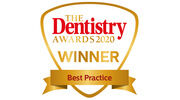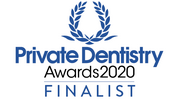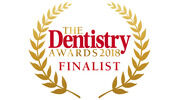It’s shocking to think that many people have never been given the right advice on how to clean their teeth and gums properly — the most critical aspect of dental health.
We take this responsibility to our patients seriously because we want to empower people to protect their oral health as well as they can for life. When we see patients for a check-up we’re hoping there are no problems such as cavities, gum disease and enamel wear and we ideally want to pass them on to the hygienist for a routine clean before they go.
Hygiene appointments every 6 or 12 months are a reliable way to remove plaque that’s too stubborn for normal brushing and flossing, and if plaque isn’t removed it can lead to gum disease, which can irreversibly affect the bone surrounding teeth and eventually cause tooth loss.
A big part of hygiene sessions is monitoring how well patients are looking after their teeth in between appointments. So what are some common mistakes? One is brushing too vigorously in jagged motions. This can wear down the teeth and expose the dentin, the part without enamel that’s more sensitive.
Instead of powerful strokes across many teeth at once (a really common technique) it’s much better to focus on one or two teeth at a time, tilt the toothbrush at a 45 degree angle and apply only mild pressure and quite small forward and backward strokes.
If you’re still worried you may be brushing too hard it’s actually a lot easier to get this right with a good quality electric toothbrush — we can advise you on a model we recommend.
And when you’re finished, never rinse your mouth out with water — you’ll only remove all the restorative minerals in the toothpaste that are there to replenish your teeth.
Another common error we see a lot, is the habit of being too vigorous with dental floss or other flossing tools. It’s really important to walk the floss in between the teeth, by which we mean gentle see-saw motions from each end, rather than exerting a lot of pressure in one place until the floss breaks through suddenly. Likewise, when pulling the floss back out, be sure to be gentle. Too much force can damage the enamel and gums.
There are other ways to protect teeth and gums between brushing too, such as avoiding a lot of snacks between meals and cutting down on sugary fruit juices and fizzy drinks. All of which are explained at length as a matter of course by the dentists, hygienists and dental nurses at Aquae Sulis.




